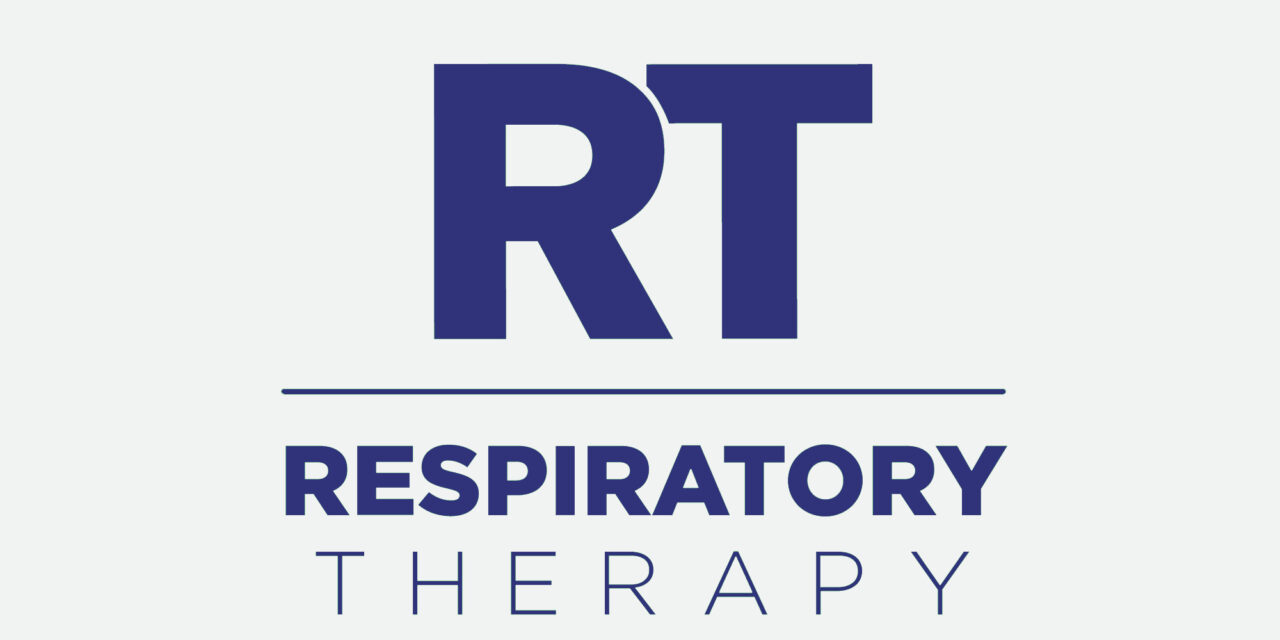Despite warnings on the dangers of tobacco, peer pressure and seductive ads encourage children to begin smoking at young ages.
By Marian Benjamin
Fact: Three million adolescents under the age of 18 are smokers.
Fact: One quarter of our children are smokers by the time they leave high school.
Fact: Sixteen percent of 10th graders and 9.2% of 8th graders are smokers.
Fact: More than 6.4 million children under age 18 alive today will eventually die from smoking-related disease, unless current rates are reversed.1

There is a plethora of statistics regarding children and smoking. Given the information available about the dangers of smoking, why do our children do it?
According to Donna Gardner, MSNP, RRT-NPS, of University of Texas Health Sciences, much of the reason has to do with peer effect and social relationships. Children learn from one another, and often kids who do not fit in socially find a group wherein they feel accepted. Many of these kids have low self-esteem, and they feel better when they find a like-minded group. The problem is that they are fitting in for the wrong reason—smoking or other tobacco use.
Gardner told an audience at the AARC 51st International Congress that education about smoking needs to begin in third or fourth grade, as, by the time they hit middle school, 30% of children have already tried tobacco use of some kind. By high school, the rate climbs to 40% (in fact, the rate of smoking for students in grades 9-12 is higher than that of adults).
Tobacco companies are forbidden by law to advertise to minors, but the industry is very creative and working hard to snare young people. Gardner says the three most popular cigarettes used by children are promoted by ads that are colorful and appealing to adolescents. Tobacco companies have also come out with flavored, multicolored cigarettes that may actually be higher in nicotine than regular cigarettes. Their boxes carry brand names such as Sweet Dreams, with flavors such as chocolate, vanilla, and lime.2 “Low tar” cigarettes are touted as being safer, but the reality is that many of them, too, are high in nicotine content, says Gardner.
The media and marketing industry are common influences on our adolescents, and studies show that marketing affects the choices adolescents make concerning smoking and tobacco use.3 One study found that adolescents who owned a tobacco promotional item and named a brand whose advertisements attracted their attention were more than twice as likely to become established smokers than adolescents who did neither.4
How to counterattack the marketing blitz? Be honest. Telling the truth about smoking is more effective than antismoking campaigns, often sponsored by tobacco companies. It is better to share the truth about the consequences of tobacco use rather than just tell our young people what not to do. In fact, a study by Farrelly et al5 found that exposure to truth countermarketing advertisements was associated with an increase in antitobacco attitudes; whereas exposure to tobacco company antismoking advertisements made young people more open to the idea of smoking.
For information on programs to reduce teen tobacco use, visit the American Cancer Society Web site at: www.acs.org; or The Campaign for Tobacco Free Kids at: www.tobaccofreekids.org.
RT
Marian Benjamin is the former editor of RT. For more information, contact [email protected].
References
1. Tobacco use among youth. Available at: www.tobaccofreekids.org. Accessed December 9, 2005.
2. Flavored cigarettes, colorful wrappers ignite ire. Available at: www.usatoday.com/news/health/2005-01-05-smokes-usat_x..htm. Accessed December 9, 2005.
3. The problem of adolescent smoking. Available at: <http://personal.uncc.edu/macurran/Spring2003/tnsmoke/marketing.htm.>http://personal.uncc.edu/macurran/Spring2003/tnsmoke/marketing.htm. Accessed December 8, 2005.
4. Biener L, Siegel M. Tobacco marketing and adolescent smoking: more support for a causal inference. Am J Public Health. 2000;90(3):407-11.
5. Farrelly MC, Healton CG, Davis KC, Messeri P, Hersey JC, Haviland ML. Getting to the truth: evaluating national tobacco countermarketing campaigns. Am J Public Health. 2002;92(6):901-7.










